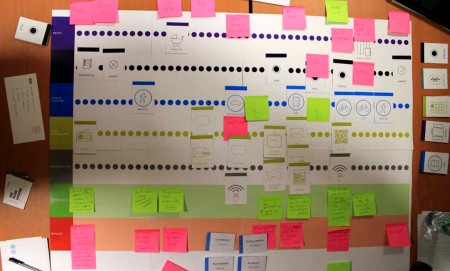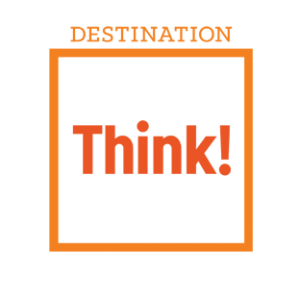PRODUCT VS. EXPERIENCES
We’re in the business of making memories and a tourism brand is largely build via the stories people share through word of mouth and in social media. The implication is that the tourism industry needs to stop believing they’re selling products and start understanding they need to sell experiences.
A stay in a hotel is more than a room to sleep in. A visit to a restaurant is more than a meal. A visit to a museum is more than looking at art. It’s the same reason why Apple has turned unpacking their products into an experience. It’s why Starbucks can charge way more for coffee than McDonalds.
Selling products is a race to the bottom, selling experiences a race to the top. Just read the Experience Economy again. Experiences aren’t just the way customers interact with your staff. It includes every touchpoint from the moment somebody books to moment they’ve left.
INTERACTION DESIGN
I’ve been designing online experiences for more than a decade. Interaction design and Information Architecture are well established methodologies and processes. They’re user centred and based on bringing relevant content and services to target audiences in an easy and useful way. The processes are based on keeping a relentless focus on the end user, prototyping, testing, measuring and iterating. Personas, paper prototyping, usability tests and web analytics are all tools in the toolbox to make a good interactive experience.
Why wouldn’t you use the same methodologies and processes in the offline world?
DESIGNING TOURISM EXPERIENCES
Designing offline experiences isn’t something new. Just look at any of the Disney theme-parks The experience is managed completely from the moment you walk in until you leave. There’s a whole Imagineering department responsible for this and the results show. Disney is recognized as the gold standard in theme parks and are the most visited tourism attractions around the world.
DMOs should take Disney’s example and view their DMO through the same lens. Transportation, safety, cleanliness, friendliness of locals and signage all play part in the destination experience. Even though a DMO has nowhere near the control of a Disney theme park, it makes sense to strive to make the destination experience best it can be. By Nett Promotor Score (NPS) as a measure you can predict growth.
SERVICE DESIGN
Designing experiences and managing the destination experience is starting to gain traction and the discipline is called Service Design. I’m not crazy about the term because it can easily be confused with customer service but it is what it is. There’s a good book called This is Service Design Thinking that explains service design in detail and provides the tools and processes a service designer needs.Technology tools are becoming available and conferences are being organized.
We’ve started doing service design work with clients. It’s a great fit with our company because it uses a similar approach to designing digital experiences. And because the customer experience is the start of social conversations, there’s a natural alignment with social media.


